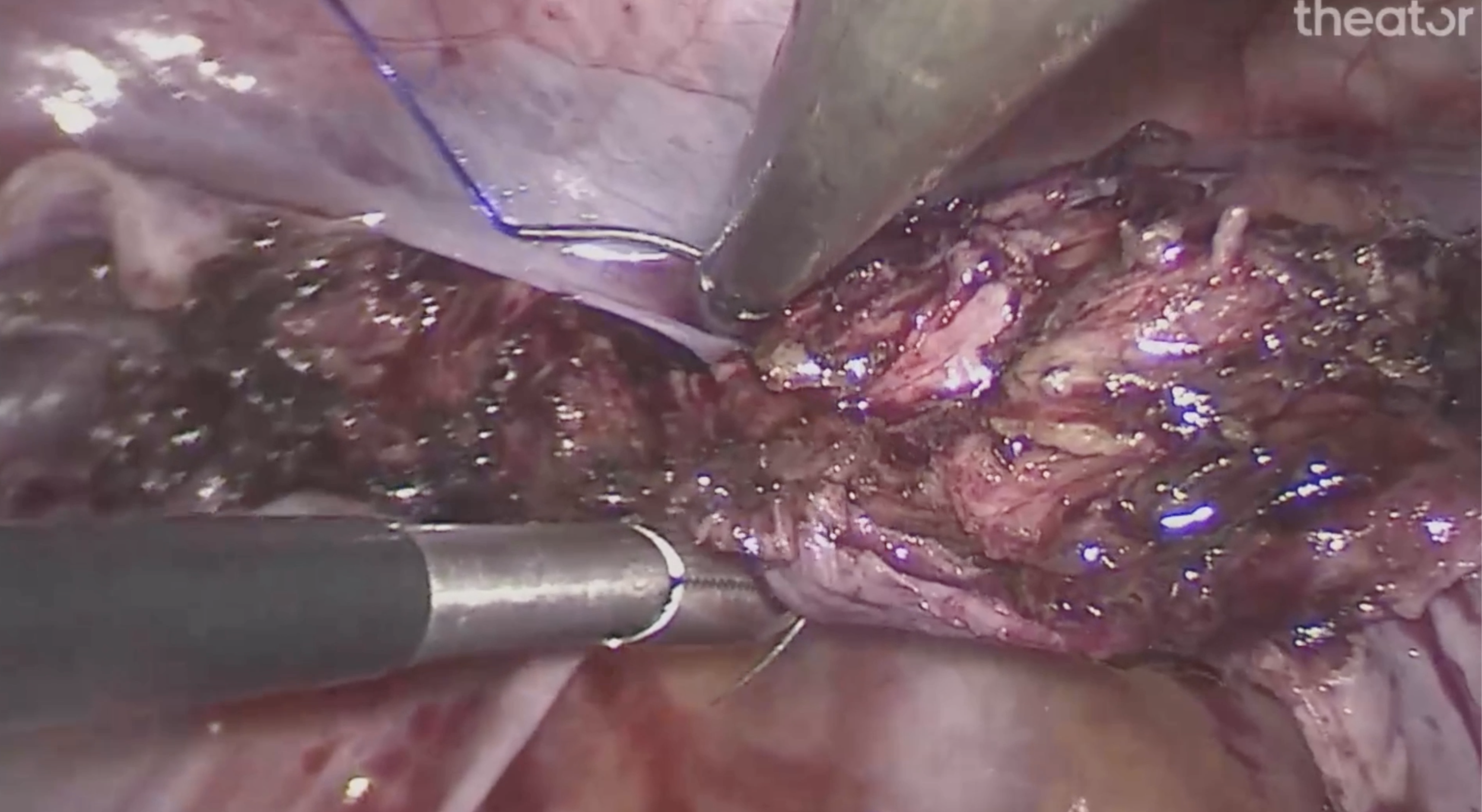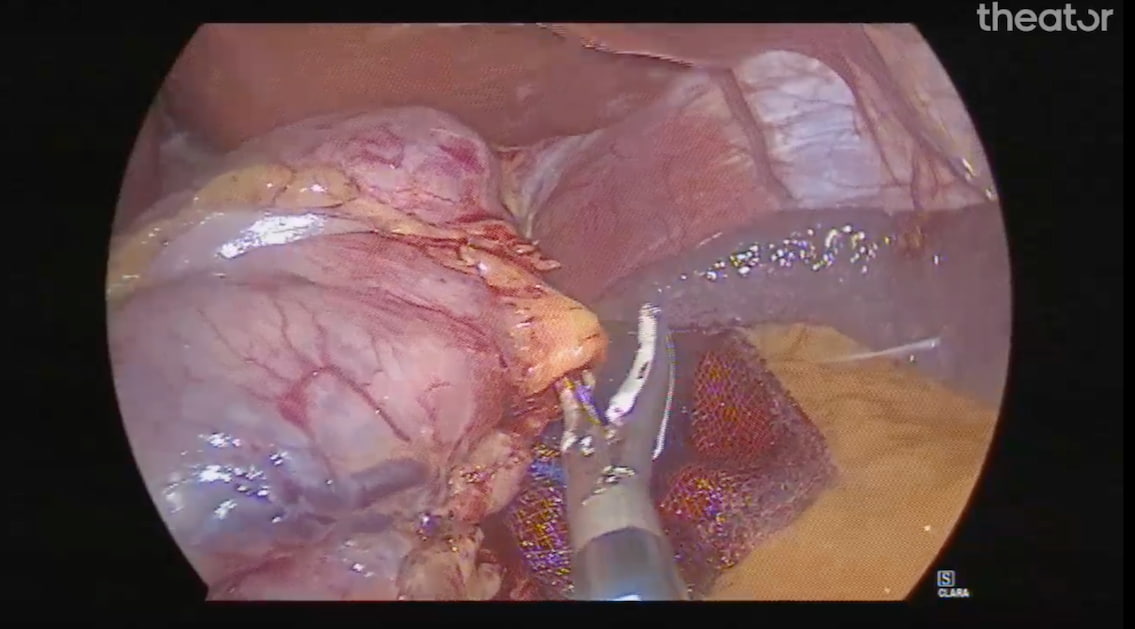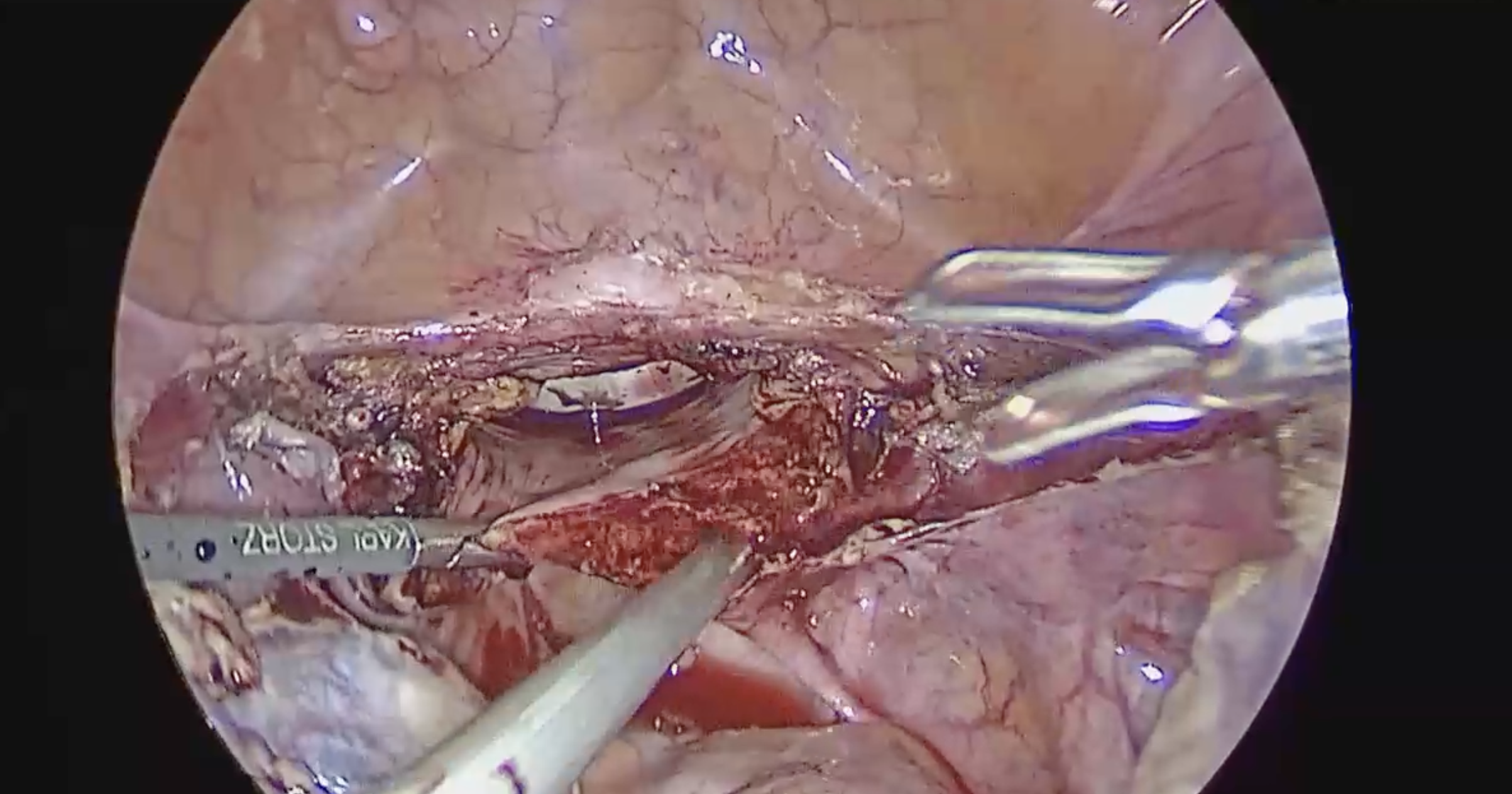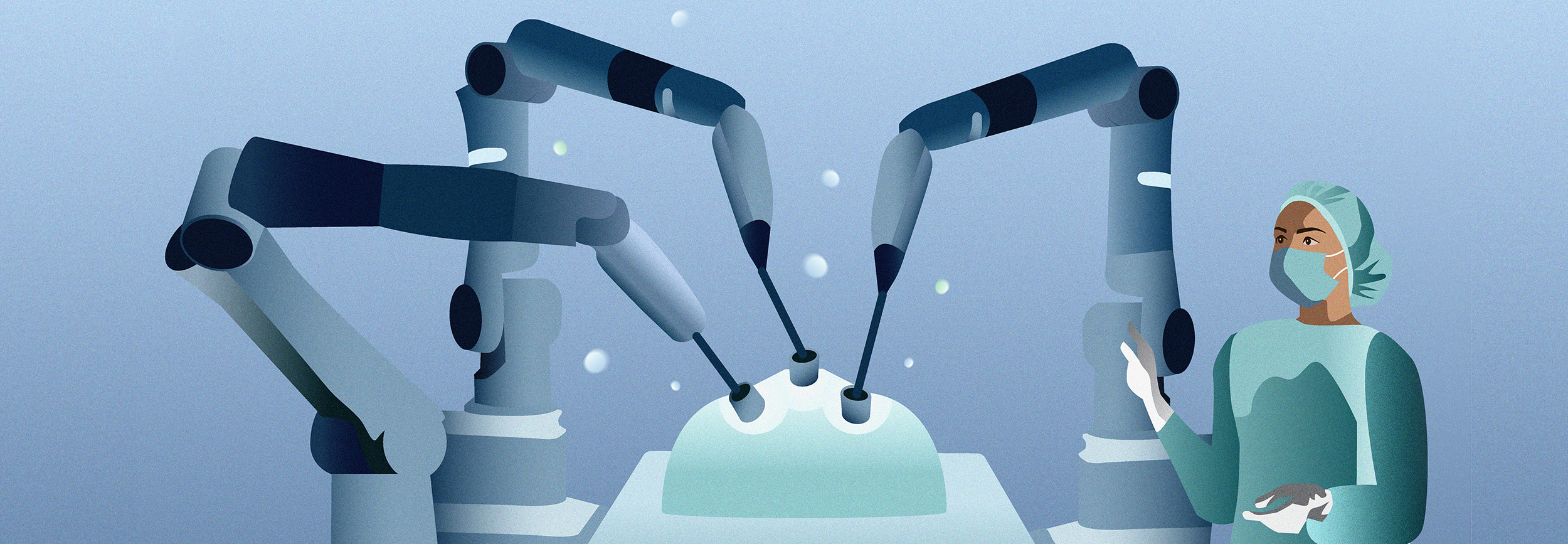Quality Improvement Then and Now: How AI is Transforming Surgical Quality
The concept of quality improvement in the medical field is not new. In fact, Florence Nightingale herself was an early pioneer of the practice. Of course, times have changed immeasurably in healthcare since the 19th century. Given the advanced technologies that are now widely available for surgical care, most notably AI, the opportunity exists to take quality improvement to the next level. But how?
The Continuous Quality Improvement Process
Enter continuous quality improvement (CQI). This modern approach to quality improvement encourages medical teams to continuously ask:
- How are we doing?
- Can we do it better?
- Can we do it more efficiently?
- Can we be more effective?
- Can we do it faster?
- Can we do it in a more timely way?
In healthcare, the Plan-Do-Study-Act (PDSA) method is often employed to achieve CQI. By completing iterative cycles, the PDSA approach aims to continually build knowledge and institute changes that improve quality on an ongoing basis over time.
However, the traditional approach to PDSA quality improvement yields only marginal results. Although many projects report successful quality improvement, low adoption to the methodological features of this approach calls the legitimacy of this method into question.
Automated Analytics Throughout the Patient Journey
This is exactly where AI is poised to disrupt the CQI landscape. While the standard approach to PDSA cycles involves collecting and analyzing data manually, the key advantage of AI is its ability to perform these tasks automatically and quickly.
In the surgical realm, AI can provide particular value by linking what happens in the OR to patient outcomes following completion of a case. For example, Theator’s Surgical Intelligence platform is capable of recording cases, identifying best practices, scoring case complexity, mapping key procedural steps, detecting instruments, noting operative events, and measuring idle time.
Real world examples demonstrating improved quality based on Surgical Intelligence insights have already been documented. One institution improved achievement of surgical practices related to anatomic identification in laparoscopic cholecystectomy from 39% to 69% in just 3 months.
Furthermore, better intraoperative technical performance, as documented by intraoperative video recording, has been linked to improved patient outcomes, including fewer postoperative complications, reoperations, and readmissions.
Actionable Insights for Improving Patient Outcomes
By harnessing the power of AI technology at each stage in the care of a surgical patient, healthcare organizations and surgeons can acquire a substantial amount of data that can then be analyzed to link intraoperative performance and events to individual patient outcomes. This information can then be leveraged to inform clinical surgical practice and make continuous improvements over time.
Importantly, this exponential increase in available data comes without additional effort by team members. In addition, the nature of AI-based surgical intelligence reduces the risk of bias that is inherent in manual data collection.
The results to date on this growing application of AI to improve continuous surgical quality improvement speak for themselves. The days of Florence Nightingale and PDSA cycles are over. The modern approach to CQI is driven by AI; innovative organizations are rapidly adopting this approach, and their patients are benefitting from the results. Check out our Beginner’s Guide to AI in Surgical Care to learn more!












